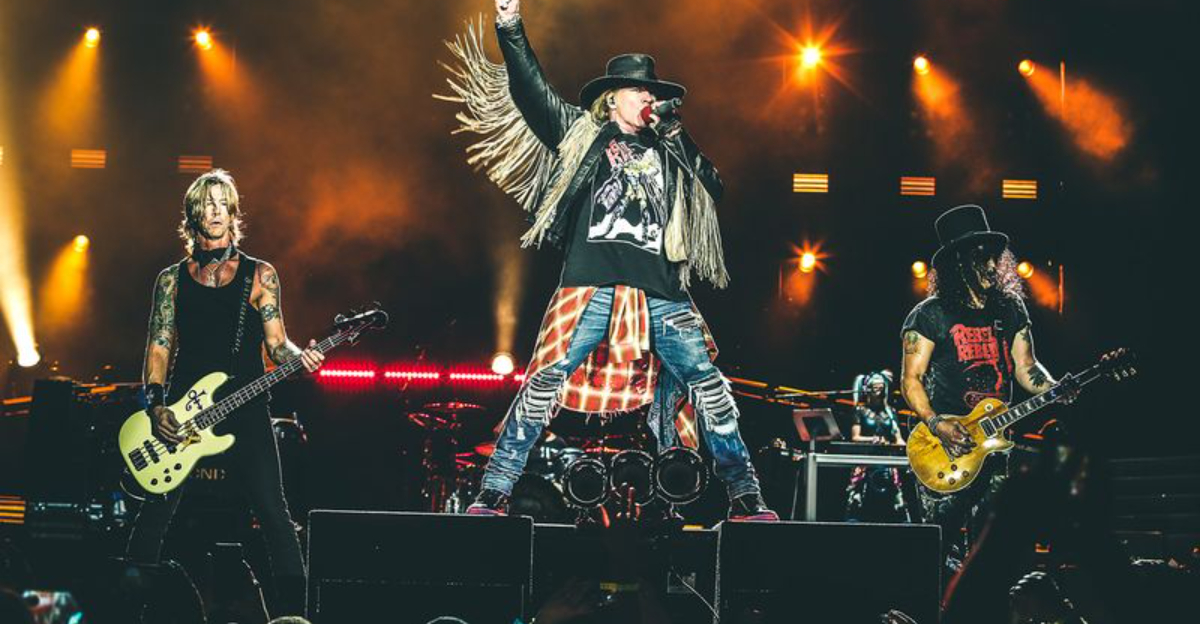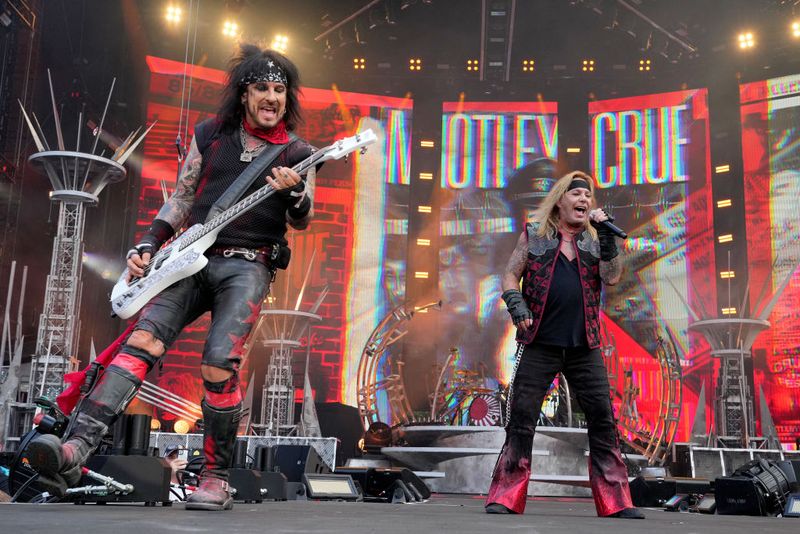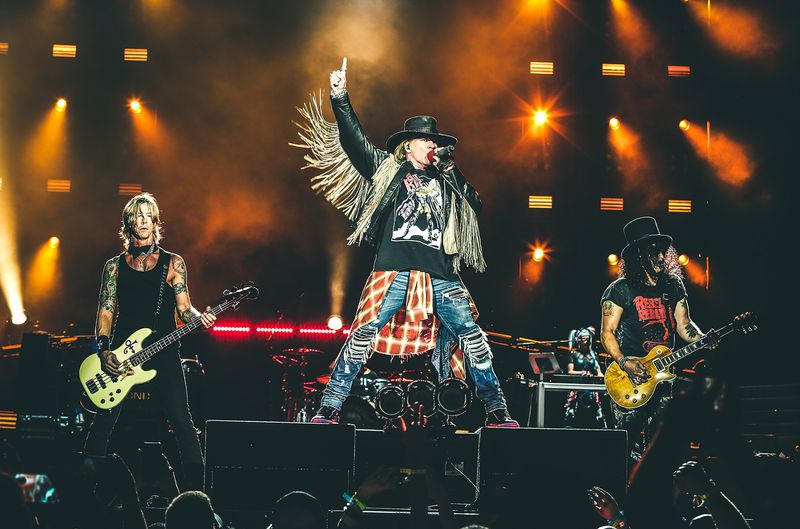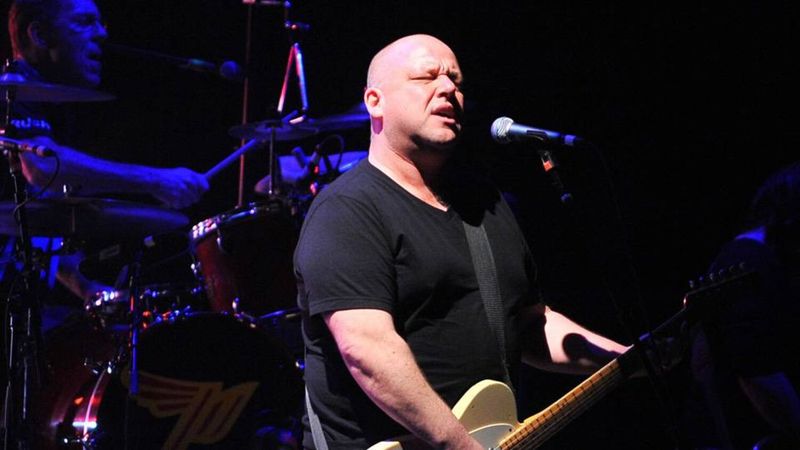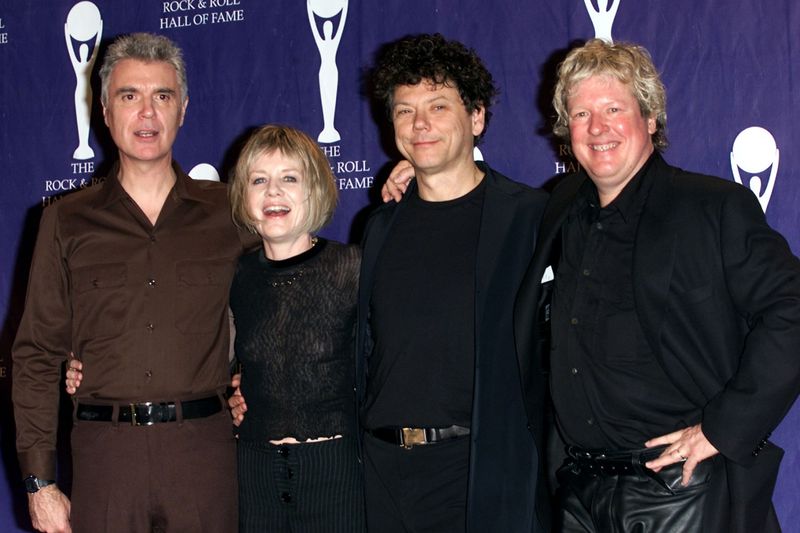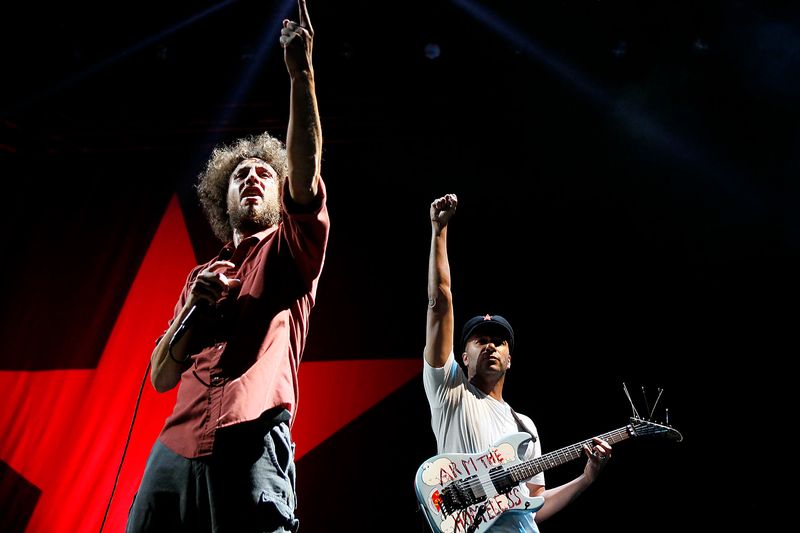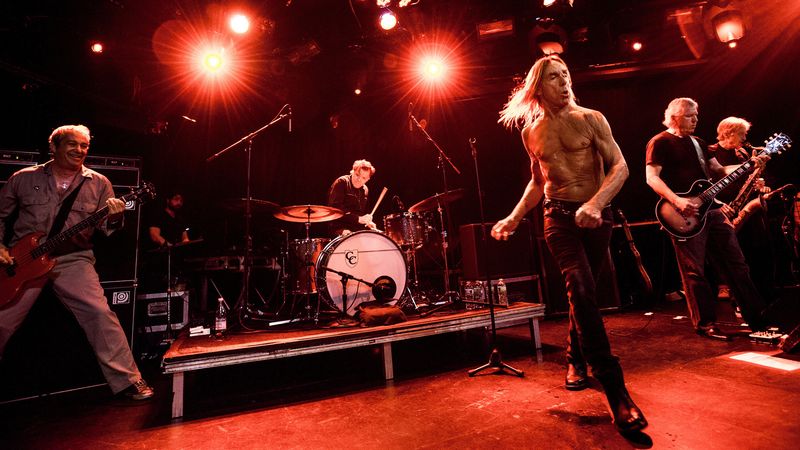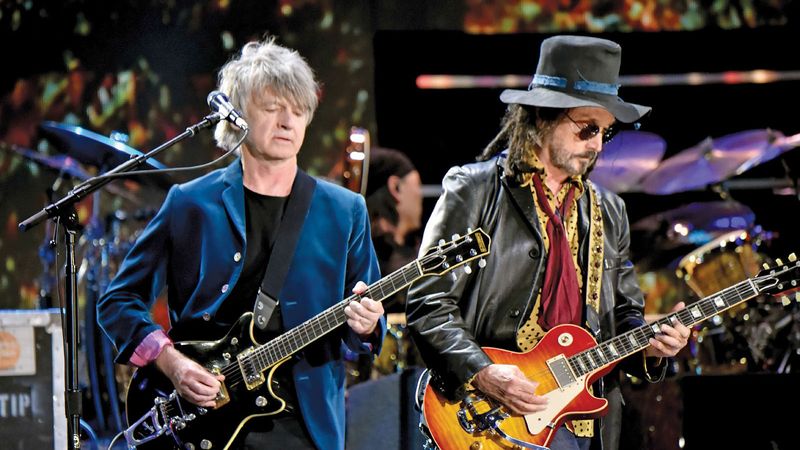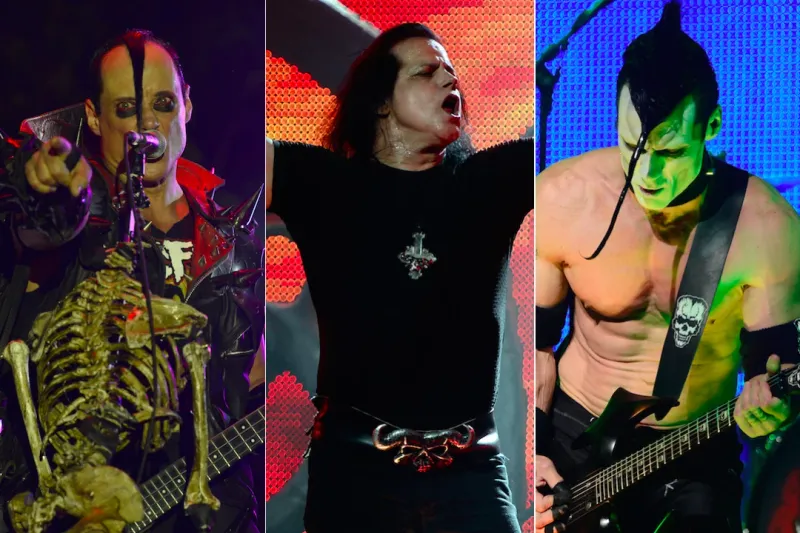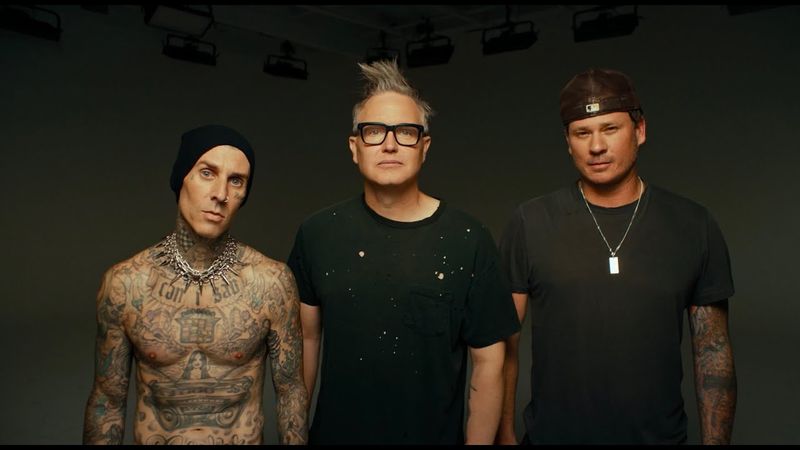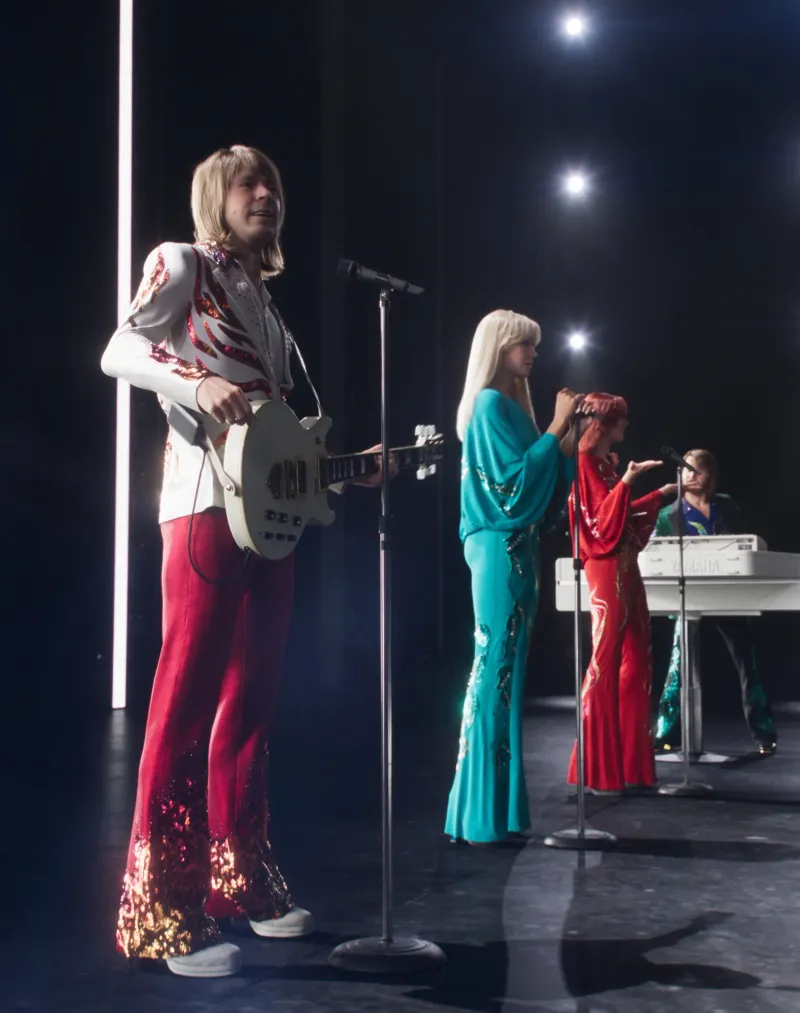Rock music history is filled with dramatic breakups, but sometimes the reunions are even more shocking. When bands split up amid bitter feuds, legal battles, or “never again” promises, fans often lose hope of seeing their favorites perform together again. Yet against all odds, some legendary groups have found their way back to each other through the most unexpected circumstances, proving that in rock and roll, you should never say never.
1. Mötley Crüe – Tearing Up The ‘Legally Binding’ Contract
The glam metal bad boys of Mötley Crüe made headlines in 2014 by signing an alleged “cessation of touring agreement” with great fanfare. The document supposedly prevented them from ever hitting the road again after their farewell tour.
Yet just five years later, the band literally blew up their contract in an explosive video announcement. The loophole? Their lawyer cleverly included a clause allowing them to tour if all four members unanimously agreed to void it.
By 2019, they were back in stadiums alongside Def Leppard and Poison for a massive tour. Fans were divided—some felt betrayed by the marketing stunt, while others were simply thrilled to see Tommy Lee’s drum rollercoaster one more time.
2. Guns N’ Roses – When Hell Actually Froze Over
For two decades, the idea of Axl Rose and Slash sharing a stage again seemed about as likely as finding a unicorn. Their feud was legendary, with Axl once declaring he’d rather “set himself on fire” than reunite with his former guitarist.
Music journalists had field days with headlines when the impossible happened at Coachella 2016. Without any warning or explanation, there they were—the iconic vocalist and the top-hatted guitar god—performing together for the first time since 1993.
Their aptly named “Not In This Lifetime” tour became the third-highest-grossing concert tour in history, raking in over $584 million. The reunion proved that sometimes the most bitter musical divorces lead to the sweetest reconciliations.
3. Pixies – The Stealth Comeback That Nobody Saw Coming
Unlike most rock breakups, the Pixies’ 1993 split happened without fanfare—frontman Black Francis simply announced it in a radio interview before bandmates even knew. For fans of the influential alt-rock pioneers, hopes of reunion seemed permanently dashed.
Then in 2004, without warning or explanation, a simple announcement appeared on their website: “Pixies Sell Out.” It wasn’t merchandise—they’d quietly reformed and scheduled a tour that sold out instantly.
The most surprising element wasn’t just their return but the conspicuous absence of beloved bassist Kim Deal, who eventually departed during their comeback era. The band that influenced Nirvana and countless others continues today with a revolving door of bassists, proving some musical chemistries transcend even incomplete lineups.
4. Talking Heads – One Song, One Night, Twenty-One Years Later
Few band breakups were as acrimonious as Talking Heads’. David Byrne’s 1991 announcement that he was leaving the innovative art-rock group blindsided his bandmates, who learned about it from a Los Angeles Times article. Years of lawsuits and bitter feelings followed.
Fast forward to 2002 at their Rock & Roll Hall of Fame induction. Against all expectations, the original quartet took the stage together for the first time in 18 years to perform their early hit “Psycho Killer.”
The brief reunion lasted exactly one song. No tours followed, no albums materialized, and the four returned to their separate lives immediately after. It remains their only performance since their breakup, a fleeting moment that both satisfied and tortured fans who wanted more.
5. Rage Against the Machine – Reuniting to Rage Against New Machines
When politically charged rap-metal pioneers Rage Against the Machine disbanded in 2000, their absence left a void in protest music that no other band could fill. Their unexpected 2007 reunion at Coachella wasn’t just a nostalgic cash grab—it coincided with the George W. Bush administration and renewed anti-war sentiment.
Lightning struck twice when they announced a 2020 world tour (eventually delayed to 2022 by COVID). Their timing proved eerily prescient, as their return coincided with massive social justice protests across America.
Tickets for their “Public Service Announcement” tour included charitable donations to local activist organizations in each city. Unfortunately, frontman Zack de la Rocha’s torn Achilles tendon during the tour may have ended their performance career permanently—making their comeback all the more precious.
6. The Stooges – The Punk Legends’ Unexpected New Blood
When Iggy Pop reunited with the Asheton brothers in 2003, fans rejoiced at the return of the proto-punk pioneers. Yet one crucial piece was missing—original bassist Dave Alexander had died in 1975.
Rather than finding a soundalike replacement, The Stooges made the surprising choice to recruit Mike Watt from the influential punk band Minutemen. On paper, the pairing seemed odd—Watt’s distinctive style developed decades after The Stooges’ original run.
The unexpected chemistry worked brilliantly. Watt brought fresh energy while respectfully honoring Alexander’s parts, helping the reunited band create their first album in 34 years, “The Weirdness.” The lineup continued until guitarist Ron Asheton’s death in 2009, proving that sometimes the most surprising band additions can breathe new life into legendary groups.
7. Fleetwood Mac – Replacing One Legend With Two
When Fleetwood Mac fired Lindsey Buckingham in 2018 over touring disagreements, fans assumed the classic rock titans would either cancel shows or find a single replacement guitarist. Nobody expected their solution: hiring TWO music legends to fill one man’s shoes.
In a move that shocked the industry, they recruited Neil Finn (of Crowded House fame) and Mike Campbell (Tom Petty’s longtime guitarist) simultaneously. The unusual configuration brought fresh interpretations to classics while maintaining the band’s signature sound.
Stevie Nicks later revealed the dual-replacement strategy was deliberate—no single person could replicate Buckingham’s contributions. The revamped lineup toured successfully until Christine McVie’s death in 2022, proving that sometimes the most surprising band configurations can breathe unexpected life into familiar songs.
8. The Misfits – Horror Punk’s Original Nightmare Returns
For decades, horror-punk pioneers The Misfits existed as two warring factions. Original vocalist Glenn Danzig toured with his own bands, while bassist Jerry Only led a controversial version of The Misfits with replacement singers—all while locked in bitter trademark lawsuits.
Fans assumed hell would freeze over before they’d reconcile. Yet in 2016, the unthinkable happened when Danzig and Only buried their hatchets (not literally, despite their horror image) to perform together for the first time since 1983.
What began as two scheduled reunion shows expanded into sporadic performances featuring their skull-painted faces and theatrical horror stage show. Their unlikely reconciliation after decades of legal battles proved that sometimes the most dramatic band feuds can have surprisingly happy endings—even for musicians whose careers were built on nightmares.
9. Blink-182 – The Pop-Punk Reunion Rollercoaster
Few bands have had reunion whiplash quite like Blink-182. Their first breakup in 2005 led to a 2009 comeback, followed by founding guitarist Tom DeLonge’s abrupt 2015 departure to chase UFOs (literally—he started a UFO research company).
The band replaced him with Alkaline Trio’s Matt Skiba and recorded two albums, seemingly settling into their new lineup permanently. Then came 2022’s bombshell announcement—DeLonge was back, Skiba was out, and the classic lineup would tour again.
Their 2023 worldwide tour featured their first performances with DeLonge since 2014, while their comeback single “Edging” topped rock charts. The reunion proved especially meaningful after drummer Travis Barker’s near-fatal plane crash and bassist Mark Hoppus’s cancer battle, making their pop-punk revival feel like a genuine triumph against impossible odds.
10. ABBA – The Digital Avatars That Brought Legends Back
Swedish pop legends ABBA rejected reunion offers for 40 years, turning down reported billion-dollar deals to perform together again. Fans had accepted they’d never see Agnetha, Björn, Benny, and Anni-Frid on stage again—until technology offered an unprecedented solution.
In 2022, ABBA unveiled their revolutionary “Voyage” concert experience featuring digital “ABBAtars”—incredibly lifelike projections of the band members as they appeared in their 1970s prime. Behind the scenes, the septuagenarian musicians performed in motion-capture suits to create the digital performance.
The groundbreaking show combines a live 10-piece band with the digital projections in a custom-built London arena. While not a traditional reunion, it represents perhaps the most technologically surprising comeback in music history, potentially changing how legendary acts might “perform” long after retirement.
